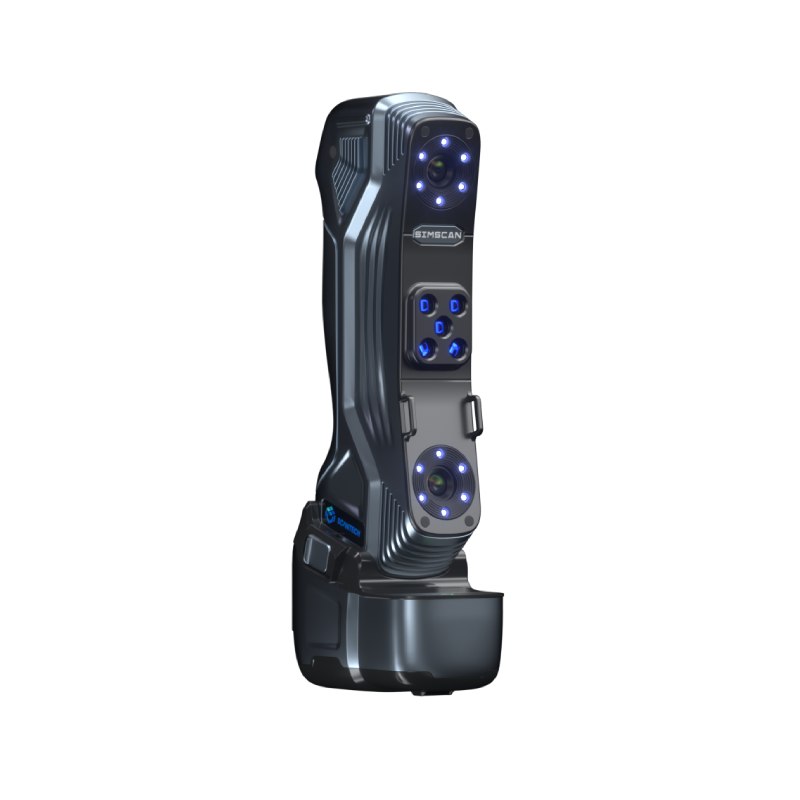Efficiency-improved 3D Scanning for Automotive Exhaust Systems
Bend is widely used in automobile, aerospace, machinery manufacturing and other manufacturing industries. Its dimensional accuracy directly affects the overall quality of products.
In automobile manufacturing, the exhaust system is comprised of piping that is used to guide exhaust gases away from a controlled combustion inside the engine. Upgrading the exhaust system is momentous to improve your vehicle’s engine flow and your safety.

Lacking accurate data of automotive exhaust pipes generates deviations, which will have an effect on the internal parts installation and interfere with the design and space utilization of the overall structure of the car.
Common Problems
● The exhaust pipe is prone to be deformed and corroded.
● It is also complicated from a design perspective with a shiny surface.
● Previously, manufacturers relied on manual inspection. This method, however, can only determine whether the pipe is qualified or not.
● The parameters of the pipe are impossible to be calculated quantitatively, just depending on the experience of the inspector.
● High-cost: each pipe requires an inspection tool.
ScanTech 3D Solution
In order to precisely capture the 3D data of the exhaust pipe, we combine our 3D scanning technology with the pipe inspection function of 3D software ScanViewer to get YBC/LRA data and eliminate deviations.
Step 1. Obtain point cloud data & automated modeling after scanning

 3D Model
3D Model
Step 2. One-click to generate STEP data

Step 3. Convert the XYZ value of the intersection point of the pipe into the YBC value recognized by the pipe bending machine

XYZ data
YBC/LRA data
Step 4. Produce exhaust pipes by tube or pipe bender
When scanning objects like shiny exhaust pipes, ScanTech 3D scanners have high adaptability to capture the 3D data precisely without powder-sprayed.
Through the pipe inspection of ScanViewer, you can directly export the YBC/LRA data for production, saving numerous laborers and getting work efficiency improved.
Pipe Inspection Function
Contrast detection: the pipe inspection compares the scanned data with the CAD models, and then generates a color map, intersection/tangent point, LRA/YBC deviations, and finally gets a comparison report.
Export YBC/LRA data: currently, most of the customers require to export YBC/LRA files based on scanned data or XYZ data, and then import YBC/LRA files into the tube/pipe bending machine.
Reverse Engineering: for sample pipe fittings (no CAD models and drawings), manufacturers have the necessary to conduct product development, then the 3D models are indispensable. ScanTech 3D software ScanViewer will automatically convert the 3D data into YBC/LRA data or CAD models in STEP format.
Parameter compensation: pipe features in its unique extension and rebound coefficient, therefore, the first pipe fitting bent by a pipe bending machine according to the numerical model generally has some deviations.
After pipe inspection, the ScanViewer will automatically calculate the pipe bending parameters and compare the scanned data with the theoretical parameters, which is how to modify errors and get the right LRA/YBC data.
After the YBC data or the compensation value is input into the pipe bending machine, you will get an accurate pipe fitting.


























 All Products
All Products 











 en
en 













